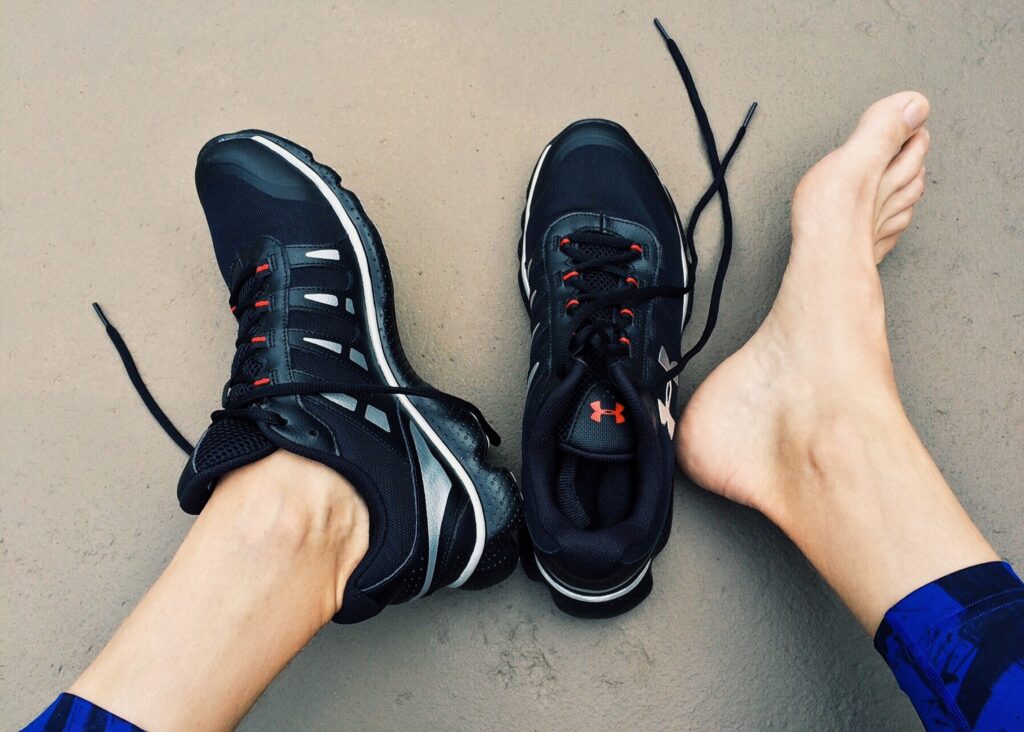Managing Underpronation: The Role of Physical Therapy in Recovery and Prevention
Introduction
Do you ever experience discomfort when running or walking? Your feet may be the cause! People who suffer from underpronation, also known as supination, can find relief through physical therapy. Physical therapists can help people with underpronation reduce pain and improve mobility. In this article, we will explore how physical therapy helps people with underpronation by discussing what to expect at a physical therapy appointment, the types of exercises used to treat underpronation, how long recovery takes, and how physical therapy can prevent reinjury.
What to Expect at Physical Therapy
When you visit your physical therapist for treatment of underpronation, they will perform an assessment. This includes evaluating range of motion in the foot and ankle joints as well as assessing strength and flexibility. They may use special tools to gather information about your condition, such as goniometers or infrared cameras. Your physical therapist may also ask questions about your medical history and lifestyle habits to ensure that the treatment plan is tailored for you.
After the assessment, your physical therapist will create a customized treatment plan for you based on their findings. This plan may include stretching and strengthening exercises, manual therapy techniques, gait retraining, bracing or taping of the ankle area, ultrasound or electrical stimulation to reduce pain and swelling, and more. Your physical therapist will also provide education about your condition so that you can better manage it at home.
What Types of Exercises Are Used?
The specific exercises used to treat underpronation will depend on the individual’s presentation and needs. Common exercises used and why are:
Ankle stretching: Stretching the ankles helps to improve range of motion, reduce stiffness, and prevent further injury.
Balance exercises: These types of exercises help to improve coordination and stability in the feet and ankles which is important for proper gait mechanics.
Strengthening exercises: Strengthening exercises for individuals with underpronation are important for increasing stability and overall strength of the muscles that support the arch of the foot.
Gait retraining: Correcting faulty gait patterns is a key part of treating underpronation. This can be done through various exercises to train proper walking patterns in order to reduce pain and improve function.
How Long Does Recovery Take?
The amount of time it takes to recover from underpronation depends on the severity of the condition and how long it has been present. In most cases, recovery can take several weeks to a few months. During this time, your physical therapist will work with you to progress exercises as tolerated in order to reach optimal outcomes.
How Does Physical Therapy Help Prevent Reinjury?
Physical therapy helps to prevent reinjury by providing specialized exercises and education on proper gait mechanics and technique. This helps to reduce the risk of further injury or exacerbation of existing symptoms. Additionally, physical therapists can provide additional supports such as braces or orthotics that can help reduce pain and improve alignment during activities.
Conclusion
Underpronation is a common and treatable condition that can lead to pain and other issues in the foot and ankle. Physical therapy is a great treatment option for this diagnosis as it helps to improve range of motion, strength, and coordination while also providing education on proper gait mechanics to reduce the risk of reinjury. With the help of physical therapy, individuals with underpronation can find relief from their symptoms and improve their overall quality of life.

